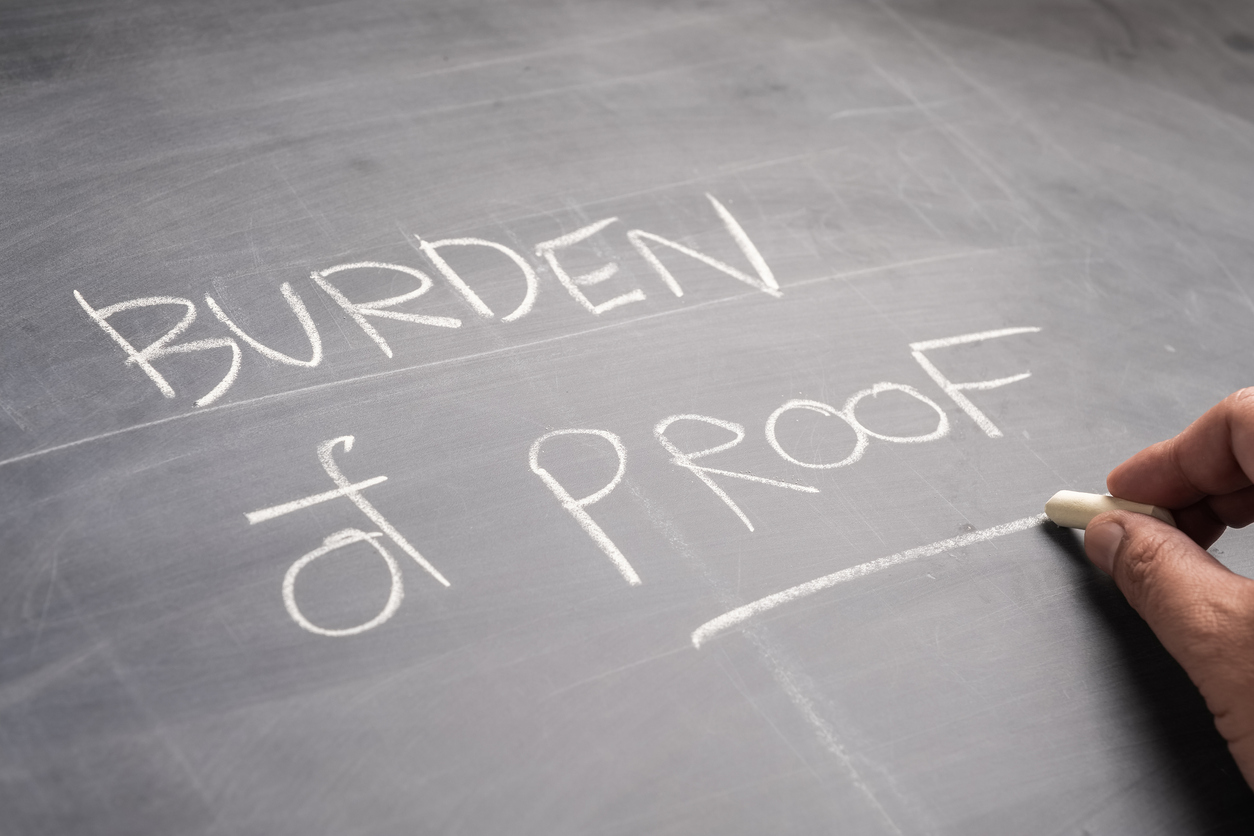In the last post on this topic, I explained that New York requires strict compliance for the timely submission of the proof of loss in first-party property insurance cases. Interestingly, the statute that addresses the proof of loss requirement has some language that may supersede this general rule.
In the last post on this topic, I explained that New York requires strict compliance for the timely submission of the proof of loss in first-party property insurance cases. Interestingly, the statute that addresses the proof of loss requirement has some language that may supersede this general rule.
§3407 of the New York Code states:
(a) The failure of any person … to furnish proofs of loss to the insurer or insurers as specified in such contract shall not invalidate or diminish any claim of such person insured under such contract, unless such insurer or insurers shall, after such loss or damage, give to such insured a written notice that it or they desire proofs of loss to be furnished by such insured to such insurer or insurers on a suitable blank form or forms. If the insured shall furnish proofs of loss within sixty days after the receipt of such notice and such form or forms, or within any longer period of time specified in such notice, such insured shall be deemed to have complied with the provisions of such contract of insurance relating to the time within which proofs of loss are required. Neither the giving of such notice nor the furnishing of such blank form or forms by the insurer shall constitute a waiver of any stipulation or condition of such contract, or an admission of liability thereunder.
For the 60 day time limit to apply, the statute requires an insurer to provide: (1) notice to the policyholder that it is requesting the proof of loss; and (2) the blank proof of loss form. Once an insurer requests the proof by a notice that complies with the two requirements, a sixty day time frame for submission of the proof begins. The statute does not require the insurer to inform the policyholder of the specific timeframe, though a few courts have opined specific notice of the time limit would be helpful.
Again, we should all remember that New York is a strict compliance state. Late submission of proofs of loss will generally bar recovery. It is always better to take the conservative approach and ensure the proof is submitted as quickly and efficiently as possible.



